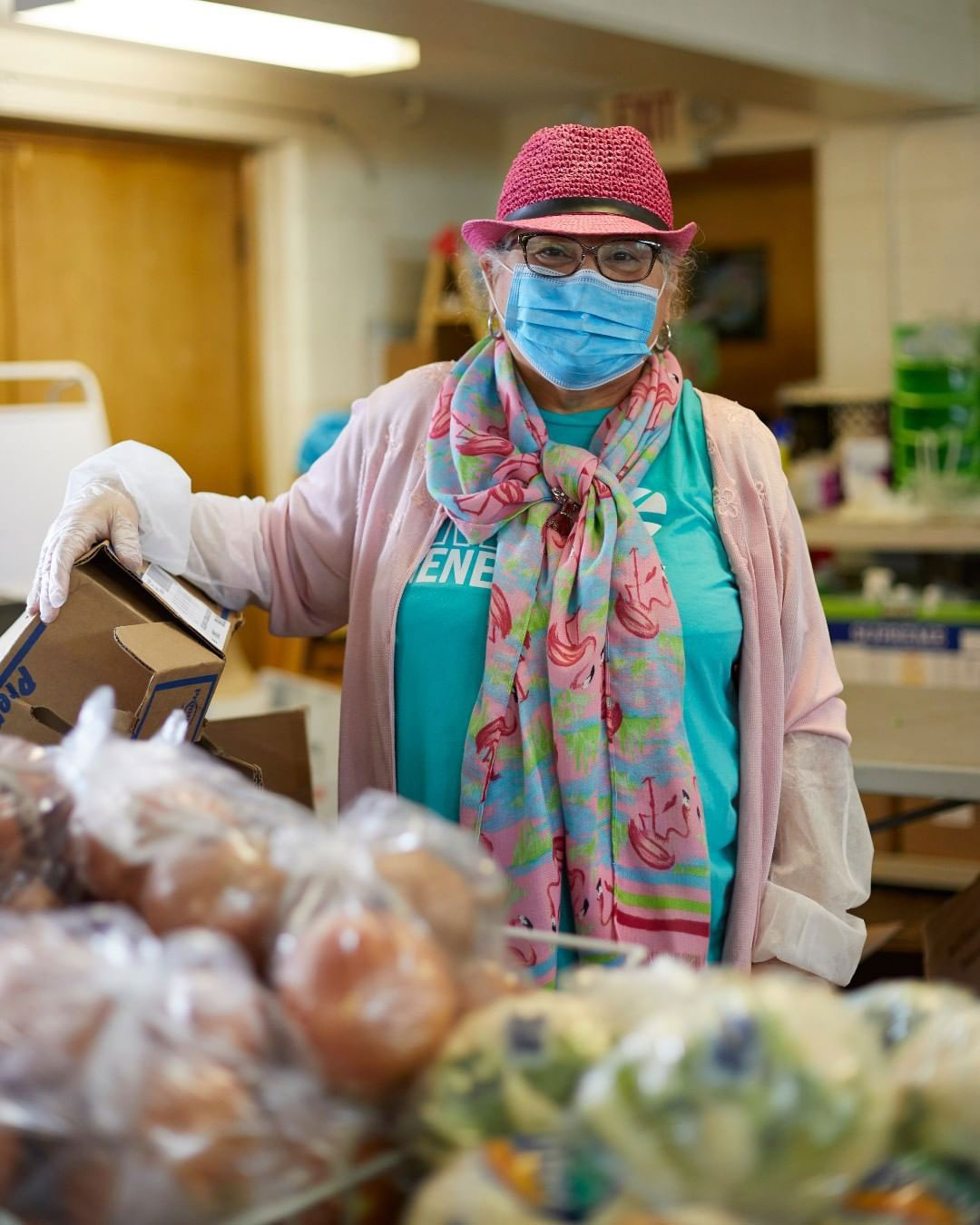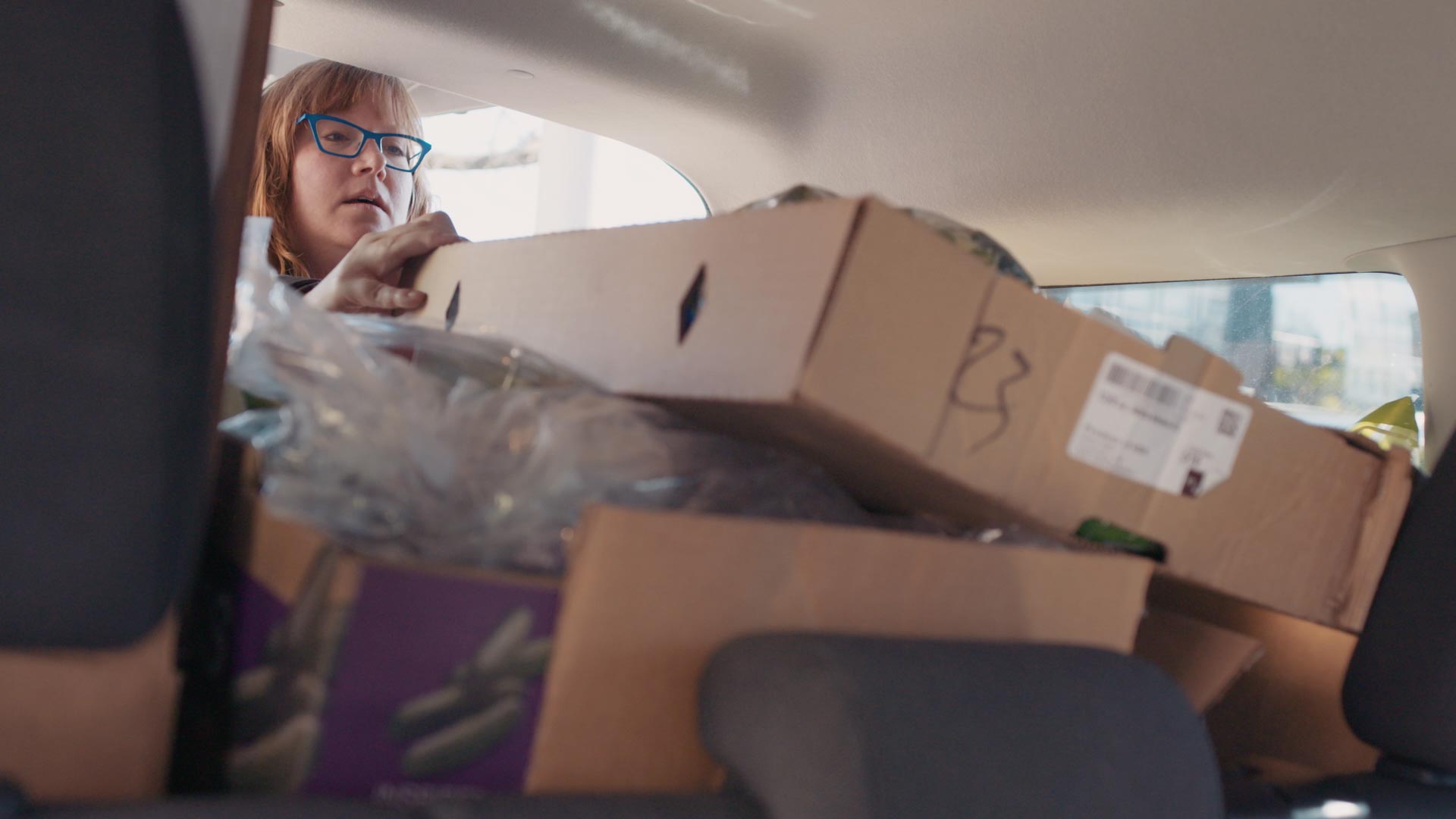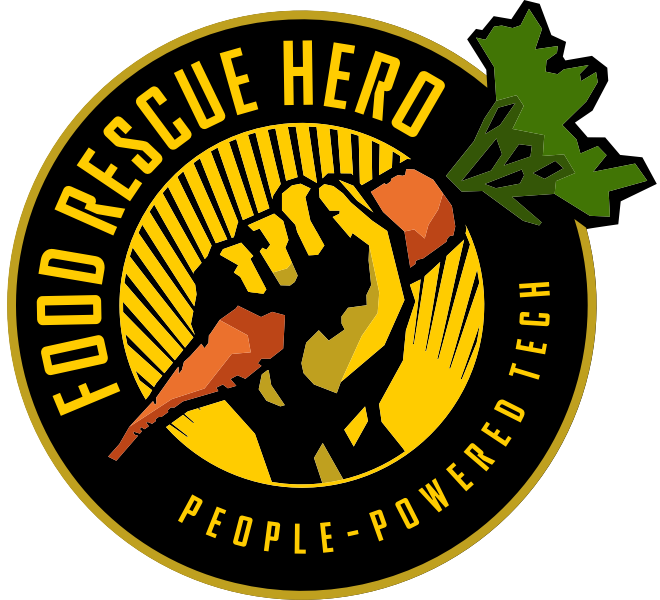Food rescue is intercepting perfectly good food that’s heading to the waste stream and delivering it to where it’s needed immediately.
FAQs
Want to know more about food waste and rescue? Would you like to start a food rescue? We have the answers to frequently asked questions and resources to help you learn more.


What is food waste?
Our food system is radically inefficient. In 2019, the U.S. let a huge 35% of the 229 million tons of food available go unsold or uneaten. We call this surplus food, and while a very small portion of it is donated to those in need and more is recycled, the vast majority becomes food waste, which goes straight to landfill, incineration, or down the drain, or is simply left in the fields to rot.
Overall, ReFED estimates that 24% of all food in the U.S.—54 million tons—goes to these waste destinations.
Does my city food rescue make an impact?
Yes! The best way to make an impact on food waste overall is to attack it at its source: the local, city and county level. As we grow the food recovery movement, city by city, town by town and store by store, we believe we can cut food waste in half by 2030.
How can I start a food rescue?
You can start a food recovery operation where you live!
”"The more food we save, the more we can share with hungry Americans, the more we can reduce climate pollution, and the more water won’t go to waste."
Rhea SuhPresident, Natural Resources Defense Council

